Shooting sports and activities are thrilling and rewarding hobbies for many. However, they come with the inherent risk of noise-induced hearing loss due to the loud noises produced by firearms. To safeguard your hearing health, it's essential to understand and utilize proper hearing protection. This article will delve into the best dB for ear protection for shooting, exploring various options and technologies available to shooters.
Key Takeaways:
- Understanding the optimal decibel (dB) level for ear protection during shooting is crucial for preventing permanent hearing loss.
- Electronic hearing protection with high noise reduction ratings (NRR) offers the best combination of protection and functionality for shooters.
- Personal preference, comfort, and the specific shooting environment play significant roles in choosing the most effective hearing protection.
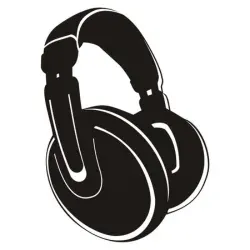
Understanding Noise Reduction Rating (NRR)
When it comes to hearing protection for shooting, the Noise Reduction Rating (NRR) is a critical factor. This rating indicates the level of noise protection offered by a hearing protection device. The higher the NRR, the greater the noise reduction. For shooting activities, it's recommended to use ear protection with an NRR of at least 22 dB, but ideally, devices with an NRR of 30 dB or higher are preferred for maximum protection.

The Importance of Proper Hearing Protection
Exposure to loud noises, such as gunshots, can lead to permanent hearing loss. The ear canal is sensitive, and without proper ear protection, the intense sound waves from a gunshot can damage the inner ear. It's not just the volume of the noise but also the duration of exposure that can affect hearing. Even short bursts of noise from shooting can have detrimental effects if proper hearing protection is not worn.
Electronic vs. Passive Hearing Protection
There are two main types of hearing protection: electronic and passive. Passive hearing protection, such as foam earplugs and ear muffs, physically block sound from entering the ear. Electronic hearing protection, on the other hand, uses technology to reduce harmful noise levels while allowing you to hear range commands and ambient noise. Electronic earmuffs are often favored for their ability to provide amazing noise reduction while maintaining sound quality.
The Role of Comfort in Hearing Protection
Comfort is a significant factor when choosing hearing protection. If your ear protection is uncomfortable, you're less likely to wear it for extended periods, which is essential during long shooting sessions. Look for features like soft ear cups, gel pads, and adjustable headbands to ensure your hearing protection remains comfortable over time.
Foam Earplugs: A Simple Solution
Foam earplugs are a popular choice for shooters due to their simplicity and effectiveness. They offer good hearing protection with high noise reduction ratings when inserted correctly. Disposable foam earplugs are convenient for one-time use, while custom molded earplugs can provide a more personalized fit for optimal hearing protection.
Earmuffs: Maximum Protection for the Entire Ear
Earmuffs provide maximum protection by covering the entire ear. They are available in both passive and electronic varieties, with electronic earmuffs offering the added benefit of amplifying safe sound levels. When choosing ear muffs, consider the noise reduction ratings, battery life, and whether features like Bluetooth capability are important to you.
In-Ear vs. Over-Ear Protection
In-ear protection, such as earplugs, is lightweight and less obtrusive, making it a good choice for shooters who also need to wear eye protection. Over-ear protection, like earmuffs, tends to offer higher noise reduction ratings and can be more effective at blocking loud noises. Your choice will depend on personal preference and the specific requirements of your shooting environment.
The Advantages of Electronic Hearing Protection
Electronic hearing protection devices are designed to provide optimal protection while allowing you to hear necessary sounds. They work by compressing harmful noise levels and enhancing communication and environmental awareness. This technology is particularly useful in indoor shooting ranges where echoes can amplify the sound of gunshots.
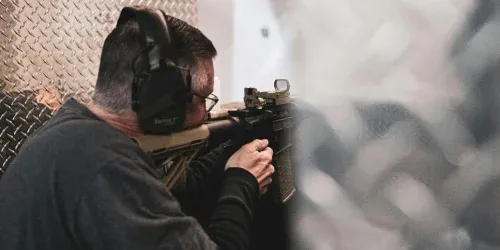
The Impact of Battery Life on Electronic Protection
When using electronic hearing protection, battery life is an important consideration. Devices with longer battery life ensure that your hearing protection remains functional throughout your shooting session. Look for models with auto shut-off features to conserve battery life when not in use.
Bluetooth Capability: A Modern Convenience
Some electronic hearing protection devices come with Bluetooth capability, allowing you to connect to your phone or other devices. This feature can be particularly useful for those who want to listen to music or take calls without removing their ear protection at the shooting range.
Gel Pads for Enhanced Comfort
Gel pads in earmuffs can significantly improve comfort, especially during long shooting sessions. They conform to the shape of your head and provide a better seal, which can enhance the noise reduction effectiveness of the ear protection.
Choosing Hearing Protection Based on Personal Preference
Ultimately, the best hearing protection for you will depend on your personal preference. Factors such as comfort, the level of noise reduction needed, and additional features like communication capabilities will influence your decision. It's important to try different types and find the one that best suits your needs.
The Importance of Eye Protection Alongside Ear Protection
While focusing on ear protection, don't forget the importance of eye protection. Shooting can pose risks to both hearing and vision, so ensure you have proper safety gear for both. Many ear protection options are designed to be compatible with shooting glasses.
Disposable Earplugs for Occasional Shooters
For those who shoot occasionally, disposable earplugs can be a practical and cost-effective option. They provide adequate protection for shooting and can be easily replaced as needed. However, for regular shooters, investing in higher-quality, reusable hearing protection may be more beneficial in the long run.
The Effectiveness of Passive Hearing Protection
Passive hearing protection is simple and reliable. It doesn't require batteries and can offer high noise reduction ratings. For those who prefer a straightforward solution without electronic components, passive earmuffs or foam ear plugs can be an excellent choice.
Indoor vs. Outdoor Shooting Ranges: Different Needs
The type of hearing protection you need may vary depending on whether you're at an indoor or outdoor shooting range. Indoor ranges typically require higher noise reduction due to the enclosed space and potential for reverberation. Outdoor ranges may allow for more flexibility in the level of protection needed.
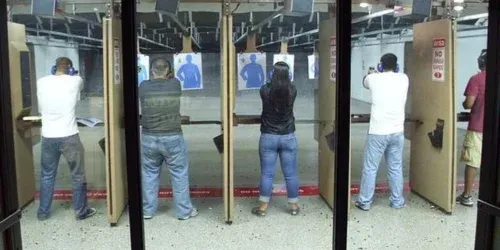
The Science Behind Sound Waves and Hearing Protection
Understanding how sound waves work can help you appreciate the importance of hearing protection. Sound waves are vibrations that travel through the air and can cause damage to the delicate structures of the ear if too intense. Proper ear protection helps to dampen these vibrations and protect your hearing.
The Long-Term Consequences of Hearing Damage
Exposure to loud noises without proper protection can lead to noise-induced hearing loss, which is often permanent. By wearing hearing protection every time you shoot, you can prevent this irreversible damage and maintain your hearing health.
The Role of NRR in Ensuring Maximum Protection
The Noise Reduction Rating (NRR) is the standard by which hearing protection is measured. It's essential to choose a device with an NRR that's suitable for the level of noise you'll be exposed to while shooting. Remember, the higher the NRR, the better the protection.
The Benefits of Electronic Protection for Hearing Range Commands
Electronic hearing protection is particularly beneficial for hearing range commands clearly. These devices can amplify voices while reducing gunshot noise, ensuring that you can follow safety instructions without compromising your hearing protection.
The Versatility of Electronic Earmuffs
Electronic earmuffs are versatile and can be used in various shooting environments. They are suitable for both indoor and outdoor ranges and can be adjusted to different noise levels, making them a flexible option for many shooters.
Custom Molded Earplugs for Optimal Protection
Custom molded earplugs offer a personalized fit, which can provide optimal protection and comfort. They are designed to fit the unique contours of your ear, ensuring that they stay in place and block out harmful noise effectively.
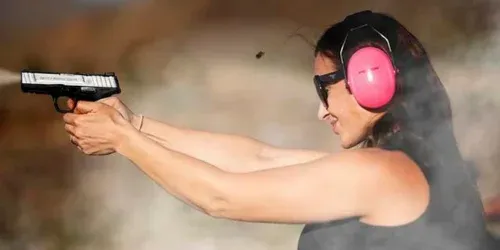
Summary
Choosing the best dB for ear protection when shooting is essential to prevent permanent hearing loss and maintain overall hearing health. Electronic hearing protection with high noise reduction ratings is generally the best option, providing both protection and the ability to hear important sounds like range commands. Comfort, personal preference, and the specific shooting environment are key factors in selecting the right hearing protection. Whether you opt for foam earplugs, ear muffs, or electronic devices, ensuring maximum protection should always be the priority.
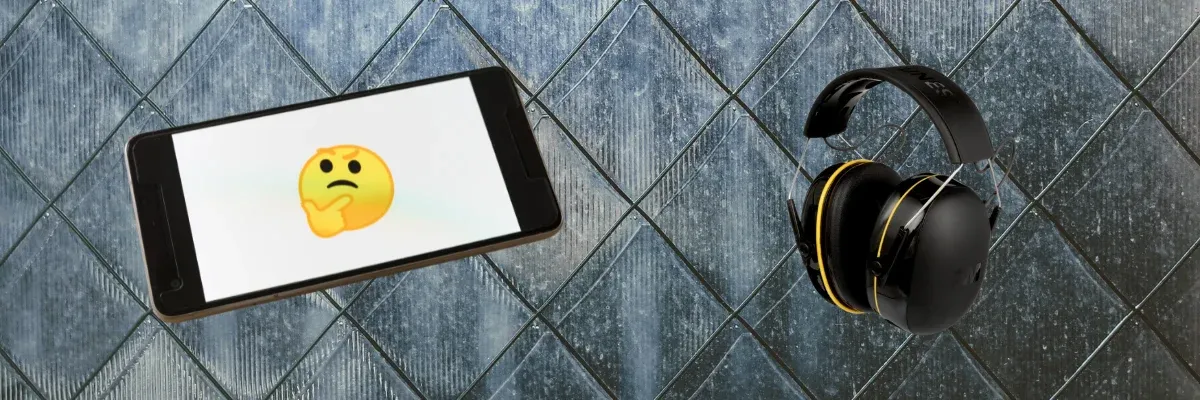
FAQs
What is the minimum NRR recommended for shooting ear protection?
For shooting activities, it's recommended to use ear protection with an NRR of at least 22 dB. However, for maximum protection, especially in indoor ranges, look for devices with an NRR of 30 dB or higher.
Can electronic hearing protection devices be used in both indoor and outdoor shooting ranges?
Yes, electronic hearing protection devices are versatile and can be adjusted for use in both indoor and outdoor shooting environments. They provide the added benefit of amplifying safe sounds while protecting against harmful noise levels.
Are custom molded earplugs better than disposable foam earplugs?
Custom molded earplugs offer a personalized fit, which can lead to better protection and comfort. They are particularly suitable for regular shooters. Disposable foam earplugs are convenient for occasional use but may not provide the same level of protection or comfort as custom molded options.









